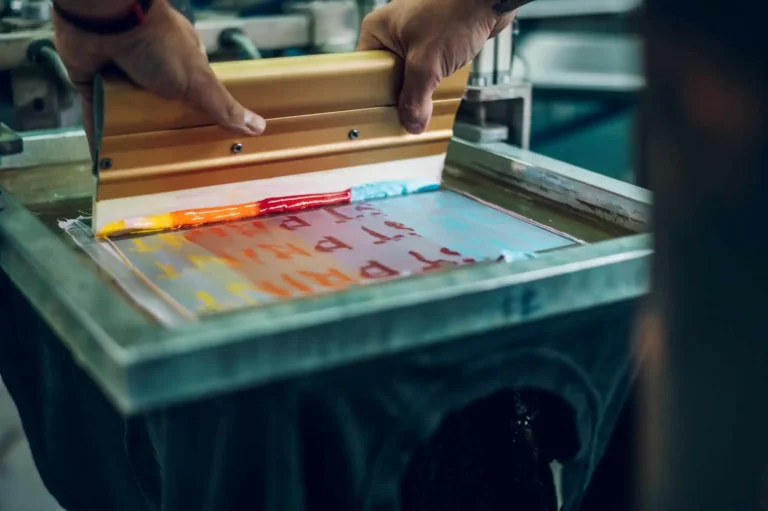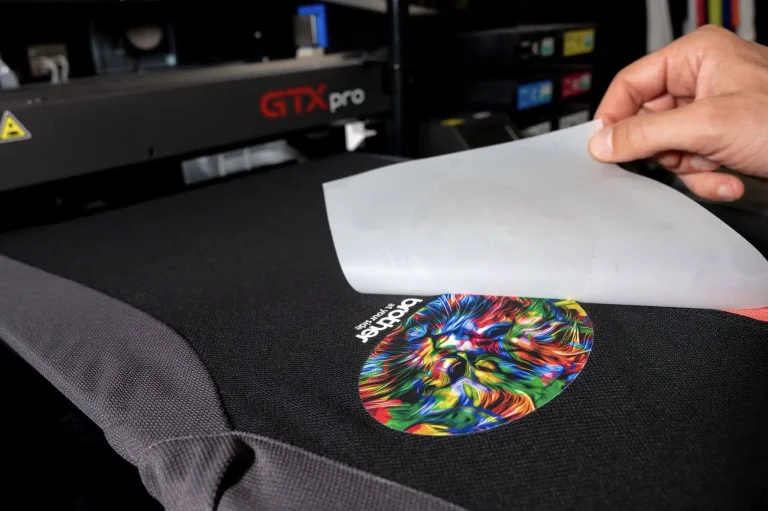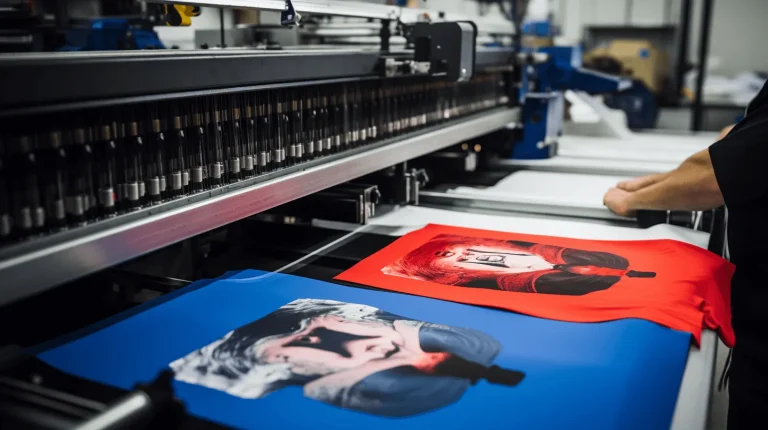The Ultimate Guide to T-Shirt Printing: Techniques, Benefits, and Choosing the Right Service
- Studiouniforms
- February 03, 2025
- 0 Comment
T-shirt printing has evolved into a powerful tool for businesses, organizations, and individuals looking to create unique and custom designs. Whether for branding, promotional campaigns, or personal expression, printed t-shirts are an effective way to make a statement. With numerous printing methods available, selecting the right technique can significantly impact the quality, durability, and overall appeal of the final product.
In this guide, we explore everything you need to know about t-shirt printing, from different techniques and materials to the benefits of customization and how to choose the best printing service
1. The Growing Popularity of T-Shirt Printing
T-shirt printing has become an integral part of the fashion and marketing industries. Businesses leverage custom-printed t-shirts for branding, while individuals use them for self-expression. The ability to create unique designs has contributed to the ever-growing demand for high-quality t-shirt printing services.
Moreover, the rise of e-commerce has made it easier for businesses to offer custom t-shirts worldwide. With advancements in printing technology, companies can now produce high-quality prints with better durability and vibrant colors. The accessibility of printing services ensures that anyone, from startups to large corporations, can benefit from custom-printed apparel.
2. The Benefits of Custom T-Shirt Printing
Custom t-shirt printing offers numerous advantages, making it a popular choice for businesses, events, and personal projects. One of the primary benefits is branding. Custom-printed t-shirts serve as walking advertisements, allowing companies to promote their logos, slogans, and designs effortlessly.
Additionally, personalized t-shirts create a sense of unity among employees, event participants, or teams. Whether for corporate events, sports teams, or charity fundraisers, custom t-shirts foster a strong sense of belonging. Furthermore, they make excellent gifts or promotional items that leave a lasting impression on customers.
3. Understanding Different T-Shirt Printing Techniques
Choosing the right t-shirt printing technique is crucial to achieving the desired results. Different methods offer unique advantages, depending on factors like fabric type, budget, and order size.
Screen Printing
Screen printing is one of the most popular and durable methods. It involves creating a stencil (screen) and applying ink through it onto the fabric. This technique is ideal for bulk orders, as it produces high-quality prints that last for years. However, it requires a setup process, making it less suitable for small-scale printing.

Direct to Film (DTF) Printing
DTF printing is a modern method that transfers ink onto a special film before being heat-pressed onto the t-shirt. This technique offers vibrant colors and works well on various fabrics, making it a versatile choice for customized apparel.

Sublimation Printing
Sublimation printing is ideal for polyester fabrics. It involves converting ink into gas and embedding it into the fabric fibers, ensuring a long-lasting and vibrant print. However, this method does not work well on cotton garments.

4. How to Choose the Right Printing Method
Selecting the best t-shirt printing technique depends on several factors. Budget plays a crucial role, as some methods are more cost-effective for large orders, while others are better suited for small batches.
The fabric type also influences the choice. For example, sublimation printing is best for polyester, while screen printing works well on cotton. Additionally, the complexity of the design should be considered. If the design involves multiple colors and fine details, DTG or DTF printing may be the ideal solution.
5. Choosing the Best T-Shirt Material for Printing
The quality of the fabric directly affects the print’s durability and appearance. Cotton is a widely preferred material due to its softness, breathability, and compatibility with various printing techniques.
Polyester is another popular choice, especially for sublimation printing, as it retains colors exceptionally well. Blended fabrics, such as cotton-polyester mixes, provide a balance between comfort and durability. Understanding fabric types ensures that the printed design remains vibrant and long-lasting.
6. The Role of T-Shirt Printing in Branding and Marketing
Custom t-shirt printing plays a crucial role in branding. Companies use printed apparel to enhance brand recognition, promote products, and create a professional image. Employees wearing branded t-shirts contribute to a cohesive and trustworthy brand identity.
Additionally, promotional t-shirts are effective marketing tools. When customers wear branded merchandise, they serve as brand ambassadors, increasing visibility. Whether for giveaways, corporate events, or merchandise sales, printed t-shirts offer a cost-effective way to reach a broader audience.
7. Common Mistakes to Avoid in T-Shirt Printing
Many individuals and businesses make common mistakes when ordering custom t-shirts. One of the most frequent errors is choosing low-quality fabric, which can result in poor print adhesion and durability. Investing in high-quality materials ensures a longer lifespan for printed designs.
Another mistake is using low-resolution images for printing. Pixelated or blurry designs can diminish the professional look of the final product. Ensuring that graphics have a high resolution helps maintain print clarity and vibrancy.
8. The Future of T-Shirt Printing: Trends and Innovations
The t-shirt printing industry continues to evolve with technological advancements. Sustainable printing practices are gaining traction, with eco-friendly inks and organic fabrics becoming more popular. Many businesses are shifting towards water-based inks to reduce environmental impact.
Another emerging trend is personalized and on-demand printing. With the rise of print-on-demand services, individuals can create unique designs and sell them without maintaining inventory. This approach allows for greater creativity and flexibility in the fashion industry.
9. Finding the Best T-Shirt Printing Service
Selecting a reliable t-shirt printing service is essential for achieving high-quality results. Look for a provider with a proven track record, positive customer reviews, and a range of printing options.
Additionally, consider the turnaround time and pricing. A reputable service should offer competitive rates without compromising quality. Requesting samples before placing a bulk order can help assess the print quality and fabric durability.
Conclusion
T-shirt printing is a versatile and impactful way to showcase creativity, promote brands, and create customized apparel. Whether for business branding, event merchandise, or personal projects, choosing the right printing method and materials ensures the best results.
By understanding different printing techniques, avoiding common mistakes, and selecting a reputable service provider, you can achieve high-quality printed t-shirts that stand out. As printing technology continues to advance, the future of custom apparel remains promising.
